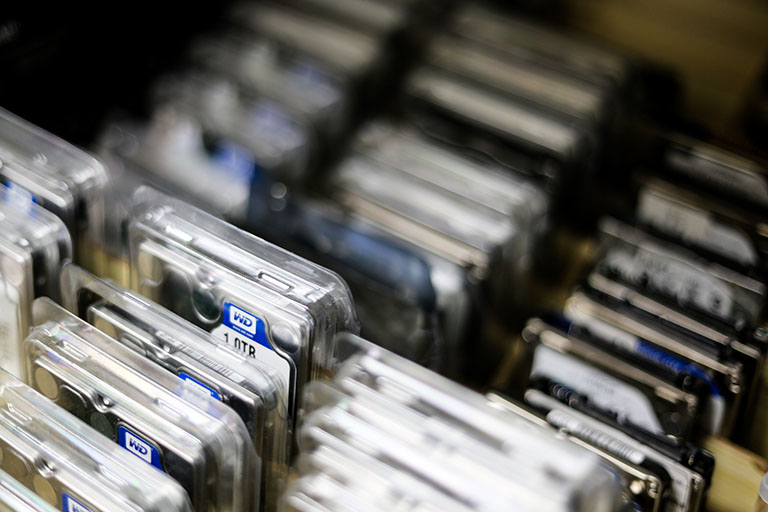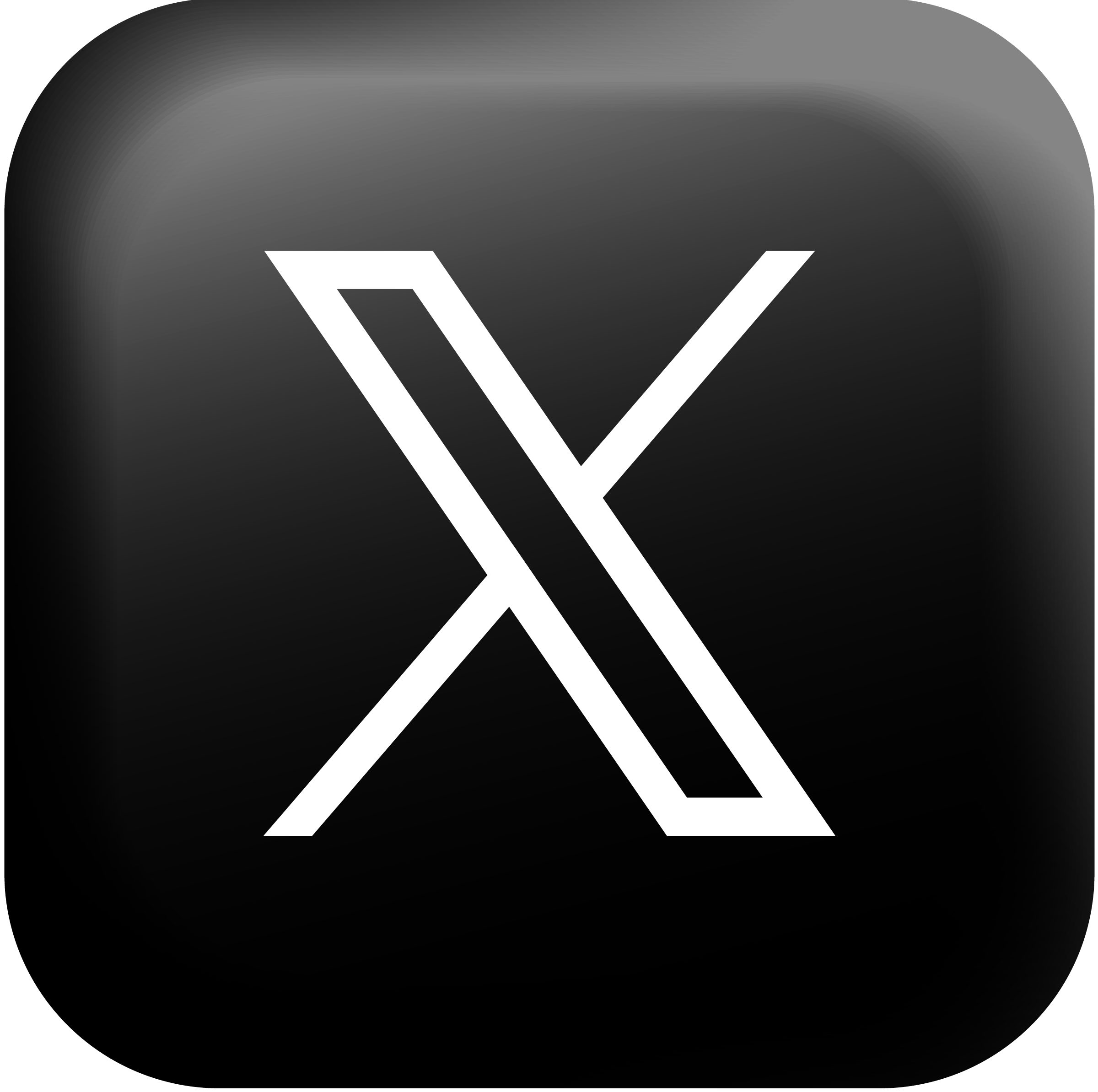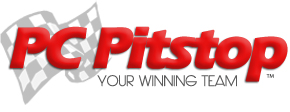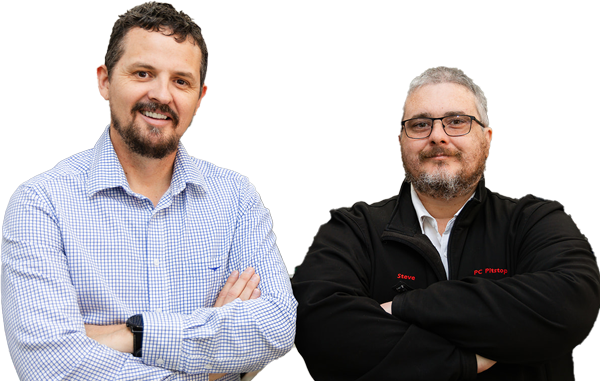Everything You Wanted to Know About Hard Disk Drives

What does a hard drive do?
Information storage is the hard drive’s main responsibility. Think the electronic version of the old office filing cabinet. Everything you keep on your computer is on a hard drive. Not just documents, emails, contacts, favorites pictures, music and videos. Your programs, your preferences, your printers, your settings, even your operating system—they’re all stored on your computer’s hard drive.
If your hard drive is damaged or fails, you can lose it all. This is the sad truth and unfortunately we still see this 10+ times per week. Which is why most smart people have a backup system. They get another hard drive and copy all their important files onto that.
How big of a hard drive do I need?
Everything that can be saved on a hard drive is measured in terms of its size. Text is very small, pictures are larger, music is even bigger, and video is the biggest of them all.
A hard drive is like a scale. It doesn’t know the difference between things that are on it; it only knows their size. But instead of kilograms, a hard drive measures things in terms of megabytes (MB), gigabytes (GB) and terabytes (TB.)
Roughly speaking, a megabyte is 1 million bytes, a gigabyte is 1 billion bytes, and a terabyte is 1 trillion bytes.
What does this mean for you?
If you need to transfer files between computers or a drive to back up just some of your files, you can get by with a smaller drive (such as a 500GB External Hard Drive).
If you want to back up your entire computer, or even several computers, or if you store a lot of video and audio files, you’ll want a larger drive (such as a 1TB or larger Network Attached Storage System – NAS for short).
To find perfect USB flash drives and gadgets for your PC, check out Instash
Will your drive work with a PC or a Mac?
Most Hard Drives PC Pitstop sell works with either a PC or a Mac. Some drives are already formatted to work with one or the other. But any drive can be reformatted to work with either type of computer.
IMPORTANT: If you reformat a drive, every single file on that drive is erased. So make sure you copy your files somewhere safe before you reformat.
It’s more difficult to use the same drive on both a PC and a Mac. The short answer is, they’re not really compatible. The more detailed answer is that, in a few specific circumstances, you can do a few specific things.
What are the different types of hard drive connections?
There are four basic ways to connect your hard drive to your computer:
USB
This is the most common connection type. There’s no set-up at all. Just plug it in. The computer recognises the drive, and you’re able to read and save files almost instantly.
FireWire
Plug-and-play like USB, Firewire 800 is significantly faster, making it popular with those transferring video files.
SATA
This is the standard connection for internal hard drives. Offers the highest file transfer speeds of any format.
eSATA
A less common, high-performance connection most commonly found in PCs. An eSATA connection performs at speeds that most closely resemble an internal drive.
How important is hard drive speed?
When you start your computer, open a file, listen to a song, or do just about anything else, you use your hard drive. The discs inside the drive spin. The faster they spin, the more quickly your computer can find the file you want.
So a drive rated at 7,200 rpm will be faster than one rated at 5,400 rpm. What that means for your day-to-day use will vary. With external drives, you’ll hardly notice a difference. With internal drives, the difference will be slight with smaller files and applications, but will be obvious with larger files and applications – and all of this adds up.
Should you choose an internal or external hard drive?
An internal drive provides built-in storage at top speeds. An external drive gives you greater flexibility and expanded storage whenever you need it.
Each choice has its benefits and drawbacks.
Internal drives have to be physically installed and configured by a PC Pitstop Trained Technician opening up your computer. But your files and programs are stored directly on your computer; they’re always there whenever you need them.
External drives are connected to your computer via plug-in cables. This lets you take files with you, transfer them to other computers, or instantly add storage to your computer or network without too many technical hurdles.
How much stuff can I store on a hard disk?
Here are some averages to give an idea of what you can store on which size drive.
| Digital Music (MP3) | Digital Photo’s (JPG) | Digital Video’s (MP4) | |
| 500Gb | 25,000 Songs | 160,000 Photo’s | 500 Hours |
| 1000Gb (1Tb) | 50,000 Songs | 320,000 Photo’s | 1000 Hours |
| 2000Gb (2Tb) | 100,000 Songs | 640,000 Photo’s | 2000 Hours |

#02 65 841 551 :: sales@pcpitstop.com.au :: www.pcpitstop.com.au/blog
 |
 |
 |
 |
 |




